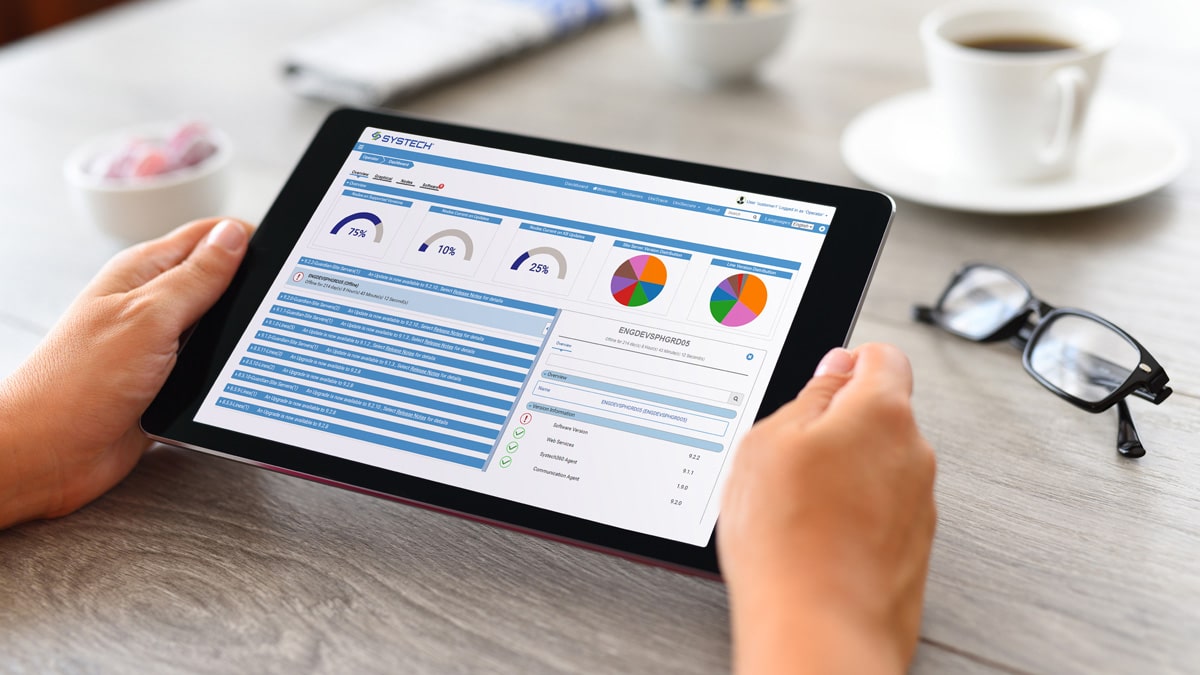Insight is an intelligence platform that leverages the solutions already implemented on your line to drive better-informed decisions, actions and value from your packaging operations.
Real-time monitoring of line key performance indicators (KPIs). Receive line-level metrics from packaging—continuously and securely. Consolidate trends of production line operations to drive informed decisions. Identify root causes for needed line corrective actions sooner, minimizing downtime.

Compliance with GMP can be tough. We make it easy and digital—with no manual data collection or processes.
Perform remote operations for maximized efficiency.

Systech Insight will accelerate your business to an improved state with real-time end-to-end data for a holistic view of production. Contact us to unlock greater business value today!
Checklist of 5 top key things to keep in mind about total cost of ownership…
Systech delivers supply chain solutions that our customers trust to bring billions of critical products to market safely…
Takeda faced the task of implementing serialization on over 60 globally distributed packaging lines…